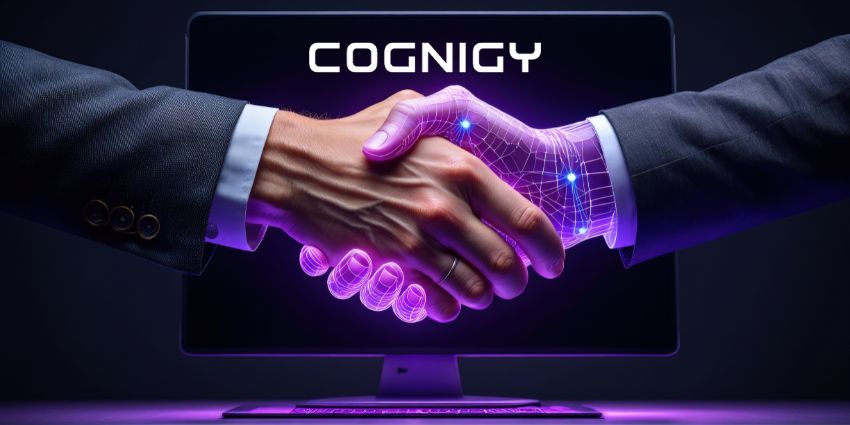In a research paper aptly titled The Customer is Not Always Right, organisational behavioural psychology experts from Penn State University noted that customer aggression and hostile behaviour can negatively impact a frontline employee’s mental health and up their stress levels. For contact centre agents handling hundreds of customers every week, this is a very real problem. How do you identify and handle problem callers in your contact centre, ensuring service quality without risking mistreatment of agents or growing stress levels?
The first step is understanding and classifying hostile behaviour within your industry context.
Industry Variances in Handling Problem Callers
Problem callers come in all shapes and sizes.
Given that most customers will opt for self-service or online communication in today’s digital world, telephones have become the last resort. As a result, callers are likely to bring a sense of frustration and urgency – which should be considered par for course in a typical contact centre environment.
However, you also have the rare customer using offensive language or getting disproportionately angry, even threatening the agent, much to their distress. In some cases, there is a pattern of offensive behaviour, where a customer tends to behave in the same manner during every interaction. For most industries, such customers are either black-listed, deprioritised or escalated to a supervisor for firmer handling. However, this might not be an option for some industries.
For example, a contact centre in the emergency services sector must follow through with every interaction regardless of any hostility. An agent in the telehealth-based mental wellness industry might even be expected to empathise with problem callers. In B2B sectors, some degree of aggression or hostility from high-valued customers might be deemed acceptable.
That’s why you need to analyse past call records, formulate a baseline for customer sentiment/expectation, and set a clear benchmark for what’s acceptable and what would qualify as a problem caller scenario.
Tips for Handling Problem Callers Effectively
- Let them vent – If the customer is looking to elaborate on their problem, even if they seem aggressive or angry, it is a good idea to listen patiently and respond with empathy
- Flag repeat offenders – Label problem callers in your CRM and if a customer has exceeded the threshold, configure your CRM to route the call automatically to a supervisor
- Avoid condescension – Negative phrases or superficial statements like “calm down” rarely work. Instead, tell the customer that their behaviour is making it difficult to solve the query at hand
- Create problem caller scripts – Formulate premeditated responses to tackle a commonly faced problem caller scenario
- Redirect to digital – You can route repeat offenders to email, social media, or some other online system using IVR, where they will be less likely to display problematic behaviour
- Slow down the conversation – Repeating what the customer has just said and slowly guiding them through the problem resolution can be an effective de-escalation strategy
- Know where to draw the line – The customer isn’t always right, and behaviour that is unacceptable should be called out immediately. Have a dispute resolution team in place so that your agents feel protected







